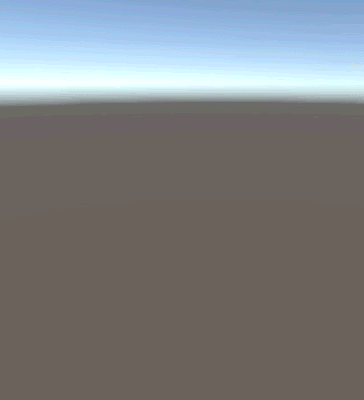Aerodynamics 

Left: aerodynamics on. Right: aerodynamics off.
The above animation of two cloth sheets falling with and without aerodynamics pretty much sums up all aerodynamics are about: they allow your cloth to interact with the air around it, through the calculation of two forces for each particle: lift and drag.
Applying aerodynamics to your cloth is very straight forward: just enable it, and tweak the following parameters until you're satisfied with the results:
Drag coefficient
How much drag affects the cloth. Intuitively speaking, drag is the force that allows parachutes to work.
Lift coefficient
How much lift affects the cloth. Intuitively speaking, lift is the force that allows planes to fly.
Wind/Force zones
Aerodynamic constraints by themselves will only simulate a static atmosphere around your cloth (not around other actors like fluid emitters or ropes) .If you want to add directional wind you´ll have to use force zones. (Note that there's no need to have any wind for aerodynamics to take effect, as the relative velocity between the cloth and the wind is what counts: even if there's no wind, if the cloth is moving drag and lift forces will act upon it.)
Force zones are components that you can add to any GameObject in your scene, and that affect all particles in one or more solvers. Currently there are two types of zones: ObiAmbientForceZone and ObiSphericalForceZone. The former is used to add an overall wind direction to the whole scene (you can use more than one component and their effects will stack) and the latter can be used to add details in specific zones.
Wind direction
The wind direction is specified by the rotation of the zone object. It will always blow in the local Z axis of the transform in case of directional winds, in case of radial wind (which is an option that can be enabled for ObiSphericalForceZone) it will originate from the center of the transform, in all directions. This can be useful for effects like explosions or suction vortices.Intensity
This is the base intensity of the wind. Higher values will result in stronger wind forces.
Turbulence
Amount of fluctuation in intensity. This will be added on top of the base intensity, and change over time.
Turbulence frequency
Speed of change in turbulence intensity.
Turbulence seed
Seed used to generate random values for turbulence. Use different seeds for different force zones to ensure their intensity fluctuation doesn´t follow the same pattern.
Affected Solvers
List of solvers affected by this force zone.